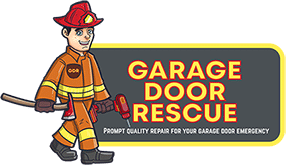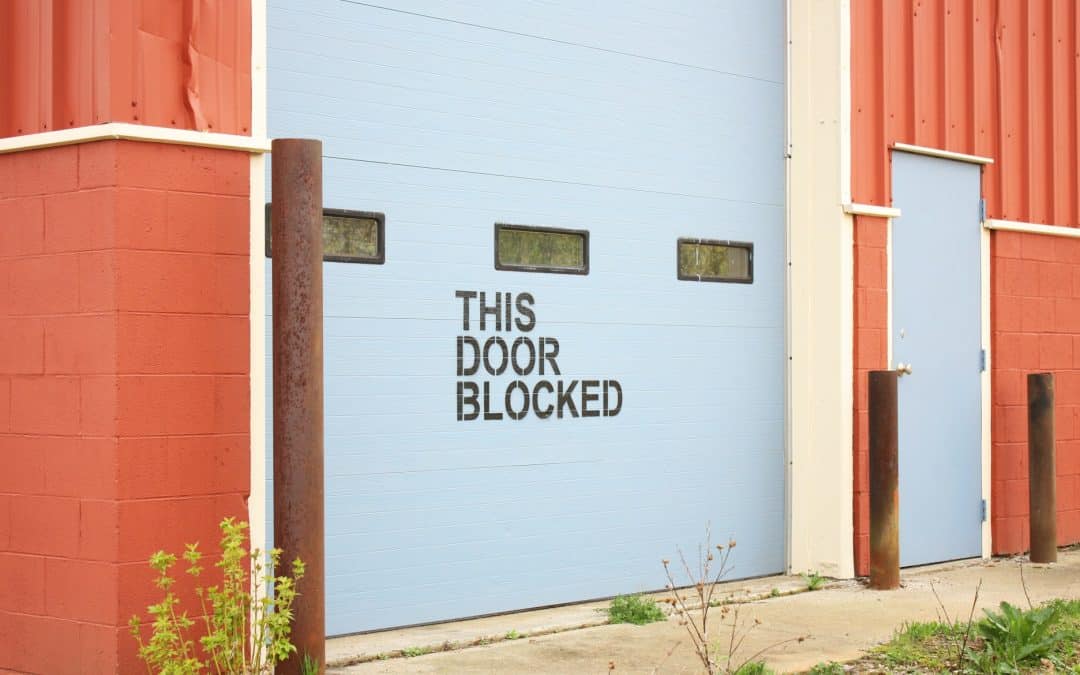Most folks in Fort Worth count on their garage doors every day without giving them much thought. But once something starts acting up—maybe it won’t open all the way or makes a loud grind—it suddenly grabs your attention. Your garage door system does more than just open and close. It protects your home, helps with energy efficiency, and adds to your everyday convenience. When something goes wrong, even a small issue can throw off your routine.
Getting familiar with how your system works can make a big difference. It’s easier to spot problems early, know when to call someone for help, and talk to a technician with some confidence. Whether you’re dealing with a repair or thinking about a full garage door installation, knowing the parts and how they work together can help you make better decisions. Let’s start by looking at the basic components that keep your garage door running smoothly.
Components of a Garage Door System
Understanding what makes up your garage door system will help you handle issues faster and take better care of it. This is especially handy if you live in Fort Worth or Dallas, where the weather can swing between hot and humid to cold and damp, which can stress your garage components. Here’s a breakdown of the key parts:
– Door Panels: These are the large, visible sections that form the face of your garage door. Panels can be made of different materials like steel, wood, or fiberglass. Over time, they can warp, dent, or crack, especially with extreme temperature changes or minor impacts.
– Springs and Cables: Torsion and extension springs carry the heavy lifting. They counterbalance the door’s weight so it opens and closes smoothly. Cables work alongside the springs to help raise and lower the door. If either of these fails, your door may stop moving or get stuck halfway, which can be dangerous.
– Rollers and Tracks: Rollers are little wheels that move along a metal track. They guide the door as it opens and closes. If they wear out or the tracks get misaligned, the door might jam or make an awful screeching sound. Proper alignment keeps everything moving quietly and safely.
– Garage Door Opener: The motor and remote system that tells your garage door to open or close. Modern openers come with safety sensors and extra features like smartphone controls. If the opener starts lagging or the door reverses unexpectedly, the issue might be here.
Think of your garage door like a chain. Each part relies on the others to work correctly. When one link fails, the whole thing can slip, jam, or fall apart. That’s why regular checks and quick responses to small issues can extend its lifespan.
Common Issues and Troubleshooting
Garage doors, like any other mechanical system, can show signs of wear and tear over time. The key is to catch these issues early on. Common problems include noisy operation, sticking or jamming, and slow response time. If you notice these, it might be time to do some troubleshooting.
A typical first step is to check the tracks and rollers for obstructions or debris. Small items can easily get lodged in the track, causing the door to halt or move unevenly. A clean path ensures that the rollers glide smoothly. Another point of concern can be the door springs. Over time, they lose tension or can even break. If you see gaps or notice the door isn’t balanced correctly, a quick inspection is wise.
Knowing when to call for professional help is just as important. If the door is stuck halfway or the opener emits strange sounds, these are good reasons to get expert advice. Repairs can be tricky, and it’s safer to consult a specialist who understands the system inside and out.
Benefits of Professional Garage Door Installation
Professional installation ensures your garage door is set up correctly from the start. This is important to maintain long-term function and avoid frequent hiccups that may pop up from a poor setup. An experienced installer knows how to deal with different door models, making sure they fit properly and work like they should.
A proper installation boosts safety too. These doors are heavy and have several moving parts. If set up incorrectly, they can cause accidents. A professional will also make sure all the safety features, like sensors, are working exactly how they’re supposed to.
Another perk of hiring a pro is the warranty that often comes with the service. That gives you peace of mind if something odd happens down the line. Plus, someone who installs garage doors every day can spot and fix early signs of trouble before they become something bigger.
Tips for Maintaining Your Garage Door System
Regular upkeep goes a long way when it comes to keeping your garage door in working order. Here are a few simple steps we recommend:
– Inspect Regularly: Take a good look at key parts like springs, cables, rollers, and tracks. Look for signs of wear, gaps, rust, or odd alignment. A balanced door should open and close smoothly.
– Lubrication: Use a lubricant on the metal parts that move—rollers, tracks, chains, and hinges. This helps them glide without grinding or scraping.
– Keep it Clean: Wipe down tracks and panels to get rid of dirt, dust, and residue that may cause friction or misalignment over time.
– Schedule Maintenance: Set up a professional checkup yearly. A trained eye can catch problems early and adjust or replace parts that are slipping out of spec.
Following these steps can prevent bigger problems in the future. It also helps your garage door last longer and run more efficiently.
Ensuring Your Garage Door is Ready for All Seasons
Fort Worth and Dallas are no strangers to weather changes. That kind of climate shift can affect how your garage door works.
During the colder months, metal parts can contract, and older springs may get brittle. It’s smart to inspect moving parts going into winter. Make sure the opener isn’t working too hard and that the weather stripping is sealing out the outside air.
When summer rolls around, heat and humidity can make things expand and cause friction. Tracks and rollers benefit from a bit of extra lubrication during these months. Check your panels for any warping too, especially if they’re exposed to long hours of sunlight.
Some parts, like the opener’s electronics, can be affected by temperature changes. If the door feels sluggish, temperature may be the culprit. Seasonal maintenance makes it easier to adjust to these cycles and avoid sudden repairs.
Staying Ahead of Garage Door Problems
Garage doors do a lot more than just open and close. They’re tied into how you come and go, store things, and even how your home handles heating and cooling. Knowing how this system works helps you get ahead of issues instead of reacting to surprises.
If you stay alert to small changes—like a strange noise, a delay in opening, or even a crooked panel—you’ll solve problems before they turn into full-blown repairs. And if the system ever feels off, don’t hesitate to bring in a pro. A fast, skilled check can save a ton of hassle down the road.
Your garage door should be something you can count on every day. With regular checkups and a clear understanding of how it all works, it can stay that way for years.
For a smoother, safer experience every time you use your garage, now’s a great time to schedule a professional garage door installation. A properly installed system keeps everything running the way it should and helps you avoid costly fixes later. Trust Garage Door Rescue to get the job done right with dependable service and expert care.

